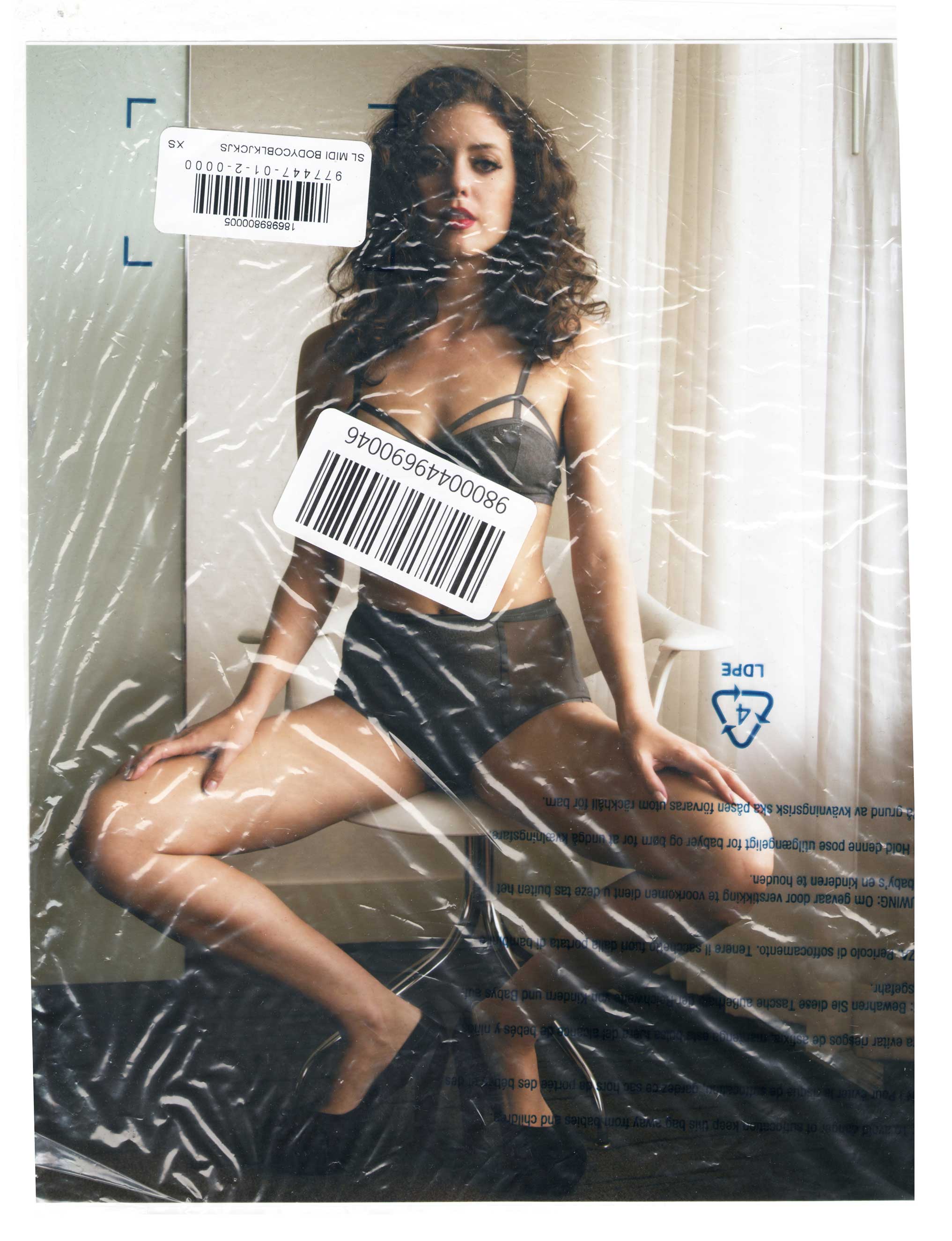
The book, Girl on Girl: Art and Photography in the Age of the Female Gaze, reflects on how a new generation of women are taking the art world by storm. From Izumi Miyazaki’s cute and cruel femininity to Maisie Cousin’s juicy erotica, the 40 women featured are redefining the female gaze.
As part of a series, TIME speaks to five pioneering photographers who are bending the rules of self image, sexuality and exploitation. This week, Leah Schrager discusses the complexities of reading manipulated (and manipulative) images of women’s bodies. She uses ‘meta’ selfies and online personas to objectify herself as a naked therapist, Sarah White, glamour model or celebrity persona, Ona.
TIME: Social media gets a lot of flack, both in the art world and within our culture. Why do you think it’s important to embrace this new dialogue that it offers, rather than just dismiss it?
Leah Schrager: I think digital arts are just the most important new and interesting artistic media of our day. It’s really exciting because it brings up so many new ways to create art, to perform, to engage with an audience, to critically assess what parts make a work valuable or not. There’s also a really exciting crossover in terms of audience and art reaching a broader audience too.
Your work confronts the concept of self-commercialization. Is it still exploitation if you’re doing it to yourself?
I would say it’s not. I worked as both a model and a dancer for other people and I experienced what felt like exploitation; being taken advantage of, manipulated or not paid well. I love where I have ended up, [focusing on] the future of what I call the “Instagram model.” This is where the person you’re seeing, is who is being credited and getting paid or making the artistic decisions. But then the catch-22 is that they receive less respect than agency models because they’re getting less press and so have to be more sexual. In an ideal world, it would get to a point where women aren’t being shamed or stigmatized for being more sexual.
The pervasiveness of capitalist culture permeates your work, is any art work (online or offline) left untouched?
My particular interest in capitalism really came from this idea of creating objects. Digital art platforms bring up so many interesting questions about the female body and performance art value, commercialism and the art object. I’m sure there must be a way to make art without this question of commercialism… but I’m not sure what it is!
Who is Ona and what does she represent to you?
Ona is a musician, an artist, a model, and she really flowers on social media through engagement with her fans. She wants to spread energy and a vibe of celebration and fun and rock and roll and party across the world.
Ona’s various profiles are laced with acidic irony, is the joke on the Instagram followers who are unaware that it’s art? Or are you just opening up the conversation?
I’m opening up the conversation. It doesn’t have to be funny to be art. It can investigate what’s going on online, but also be authentic. I try to be really authentic in my public presence and I actually do mean it; I think my fans are amazing. Wow, I sound like any other celebrity who’s like; ‘I love my fans.’ But to be honest, I think my fans are amazing. I think it’s amazing that they like me and that they’re with me. What I’m doing is kind of weird…So it’s just incredible that so may people like it.
I feel like I give out a really positive vibe that comes really naturally. It has helped to attract people who are really positive in return. I very rarely have to block people from Instagram.
For you the character of Ona is quite genuine. Do you find yourself blurring the lines between fact and fiction, between your real self and this persona?
There’s definitely a lot of blurred lines. With my past projects I’ve tried to be more distinct about the private and public but in this one I’m trying to have as much crossover as I can.
The overall question for my project is: How do you make a celebrity as an art project? What does [celebrity] even mean? So this year, I’m actually trying to figure out how to expose the private even more. I’m working a private diary for Ona that I plan to make public.
Your work is hyper-sexual. Is this aspect what critics struggle with the most?
Yeah, it’s partly the public aspect but mostly the sexual aspect. In a way it must have to do with context. When I put sexy selfies in the art context, [people are] suddenly like, ‘But no, that can’t be!’ It’s very platform specific also. When I put some of my sexy photos on Facebook that was a serious disaster. But I put them on Instagram and they’re loved.
But I would not be doing sexy selfies except that I found that if I put them in the art context, they’re an instigator of discussion – sometimes great, sometimes not. So that’s a big part of why I like the sexy images in my art and what’s driven me to do it more and more; I realize there’s something unresolved within the art context about sexy images.
For me, the main platform your work deconstructs is the art world and its accompanying rules of conduct. Would you say that’s fair?
I think that’s totally right. Because if it’s a man presenting a woman in the art world, it’s okay and there’s a long history of it. But then there’s really not much history of the woman presenting herself. And especially not a history of her presenting herself in a sexual way. So I feel like it’s this new challenge and a lot of it does circle back to commercialization. My task is to analyze and gather information, deconstruct and construct the mainstream celebrity sphere and the art sphere.
This interview has been edited for clarity and brevity
Leah Schrager is an artist based in New York City. You can view more work here. Follow her on Instagram.
Girl on Girl: Art and Photography in the Age of the Female Gaze by Charlotte Jansen is published by Laurence King and is available to buy in the US from April 18.
Alexandra Genova is a writer and contributor for TIME LightBox. Follow her on Twitter and Instagram. Dilys Ng, who edited this photo essay, is an associate photo editor at TIME. Follow her on Instagram.
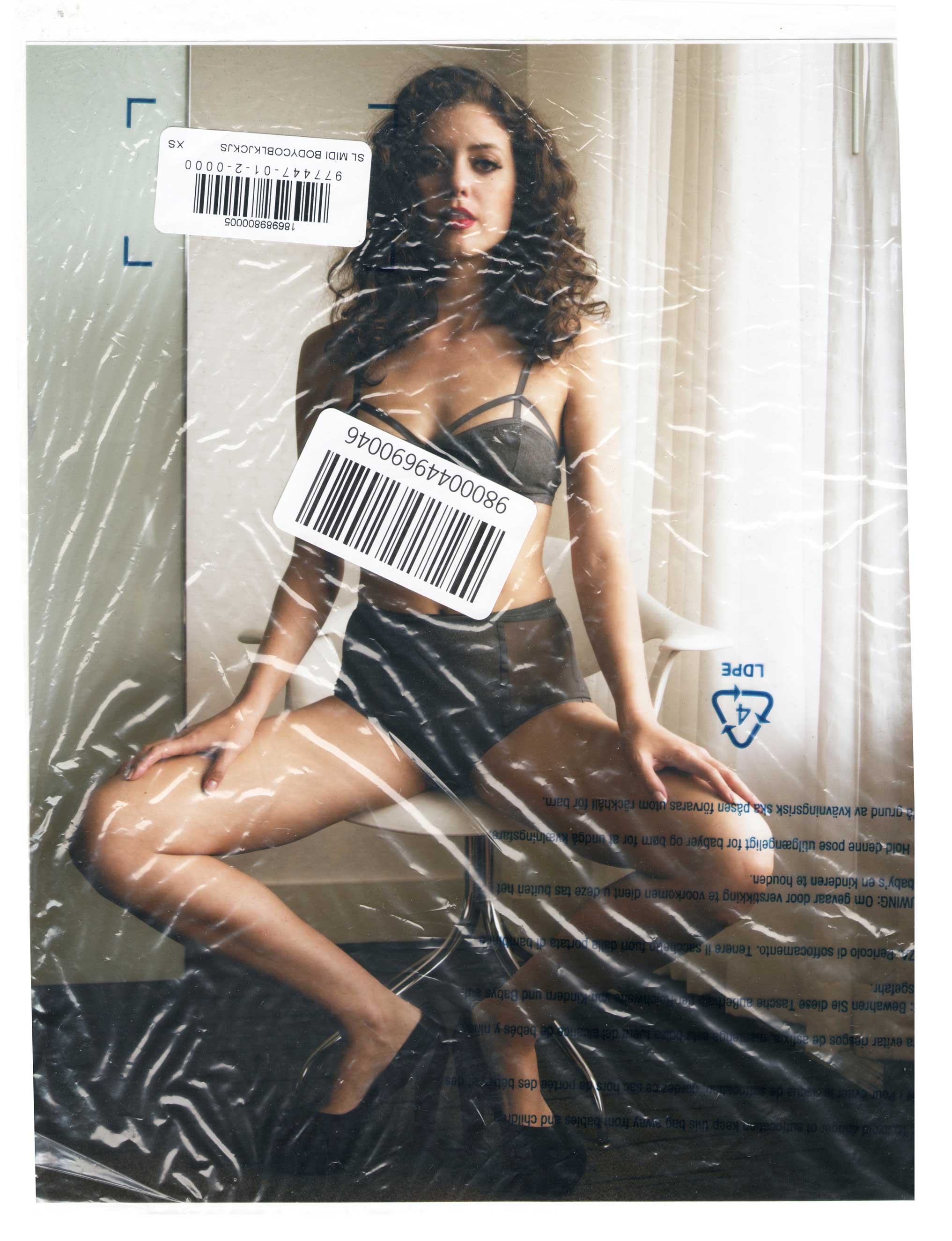
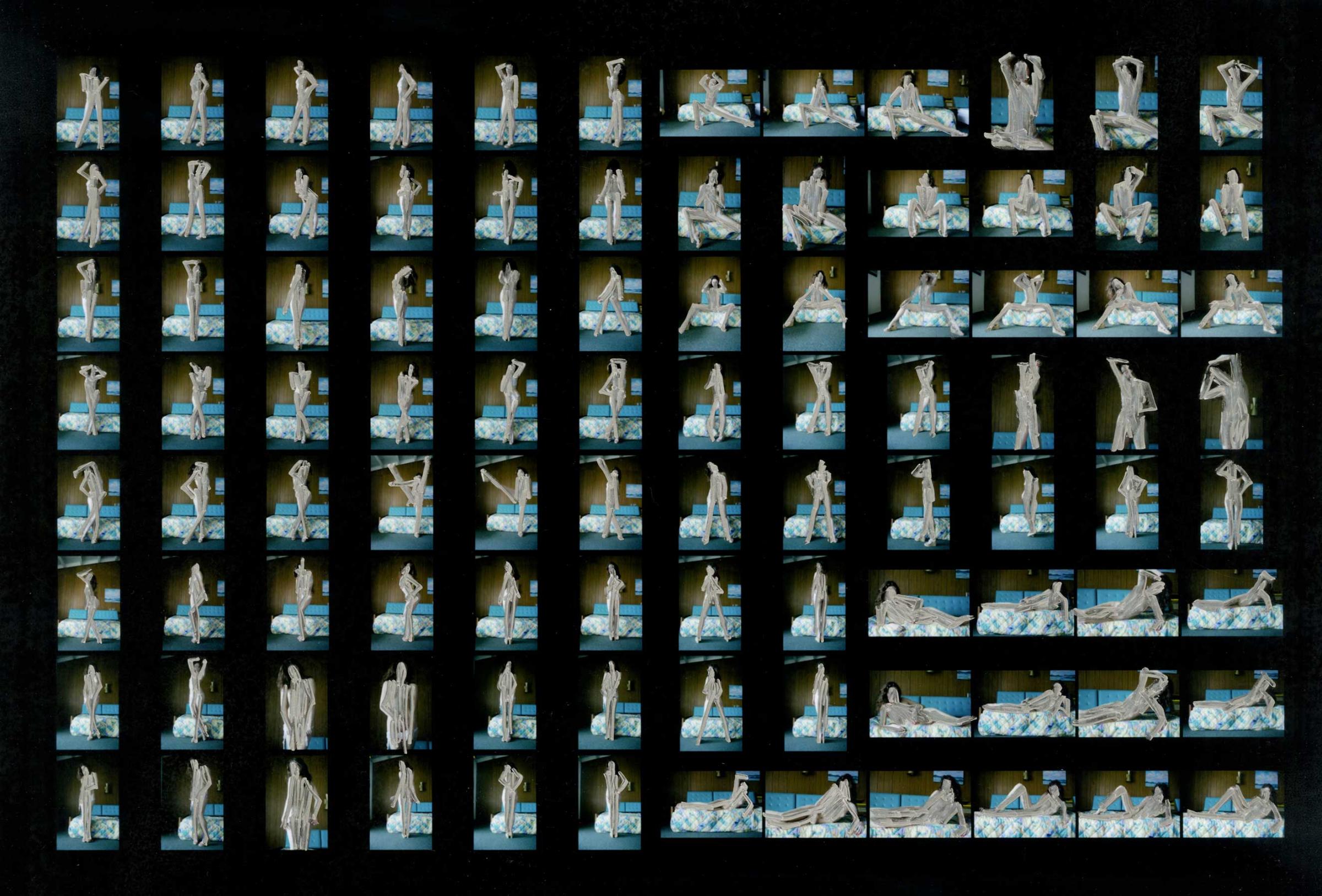
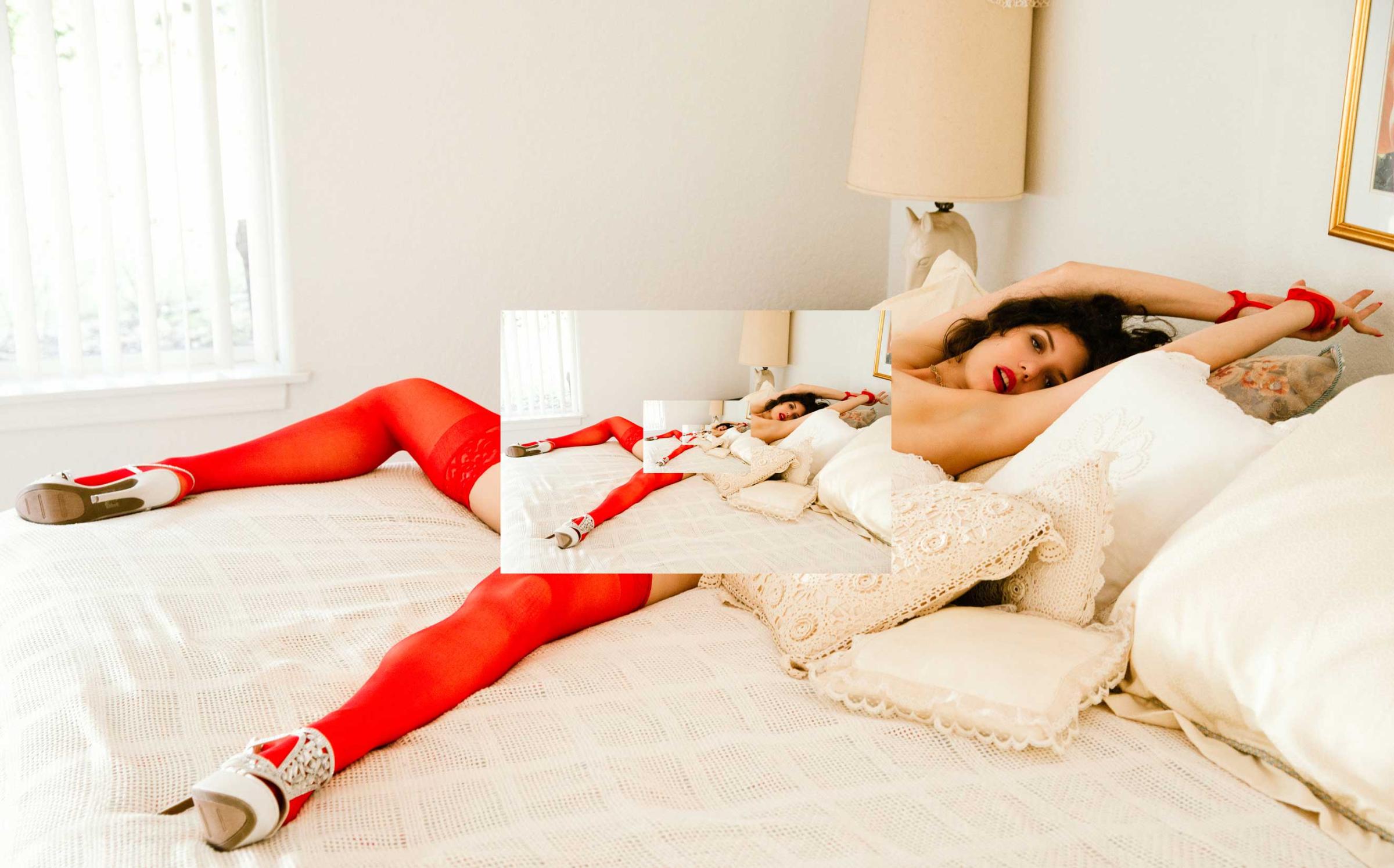
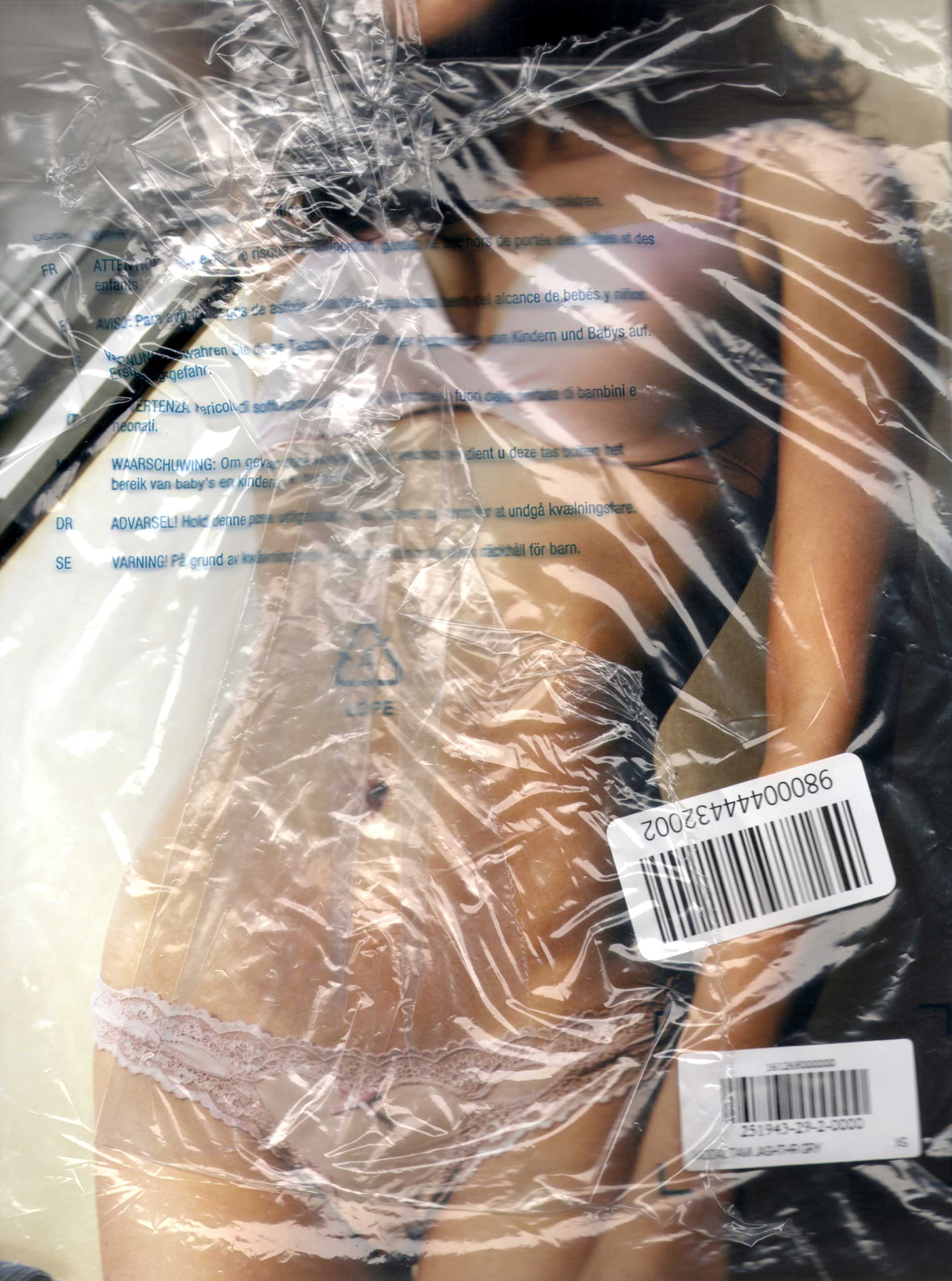
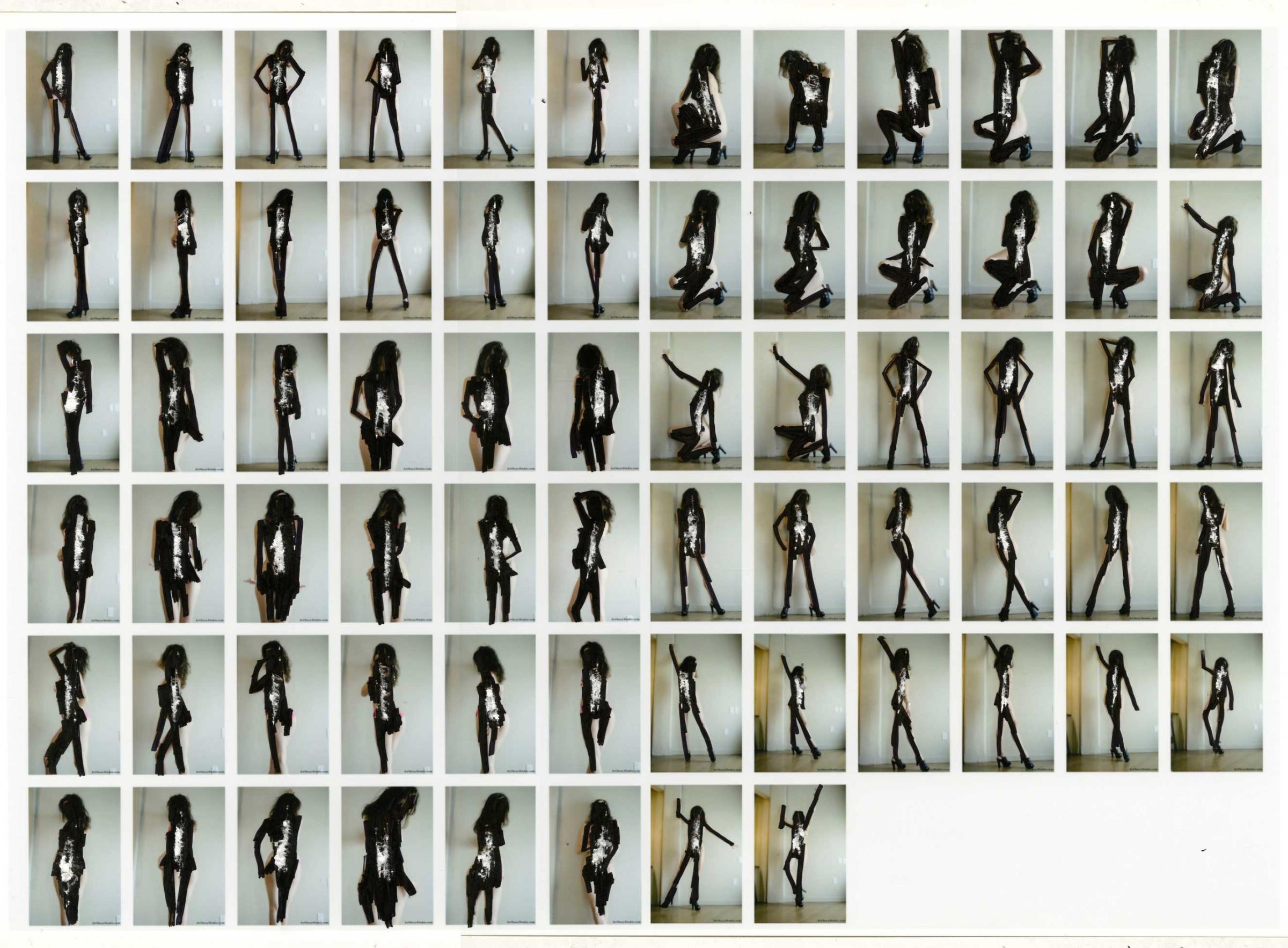
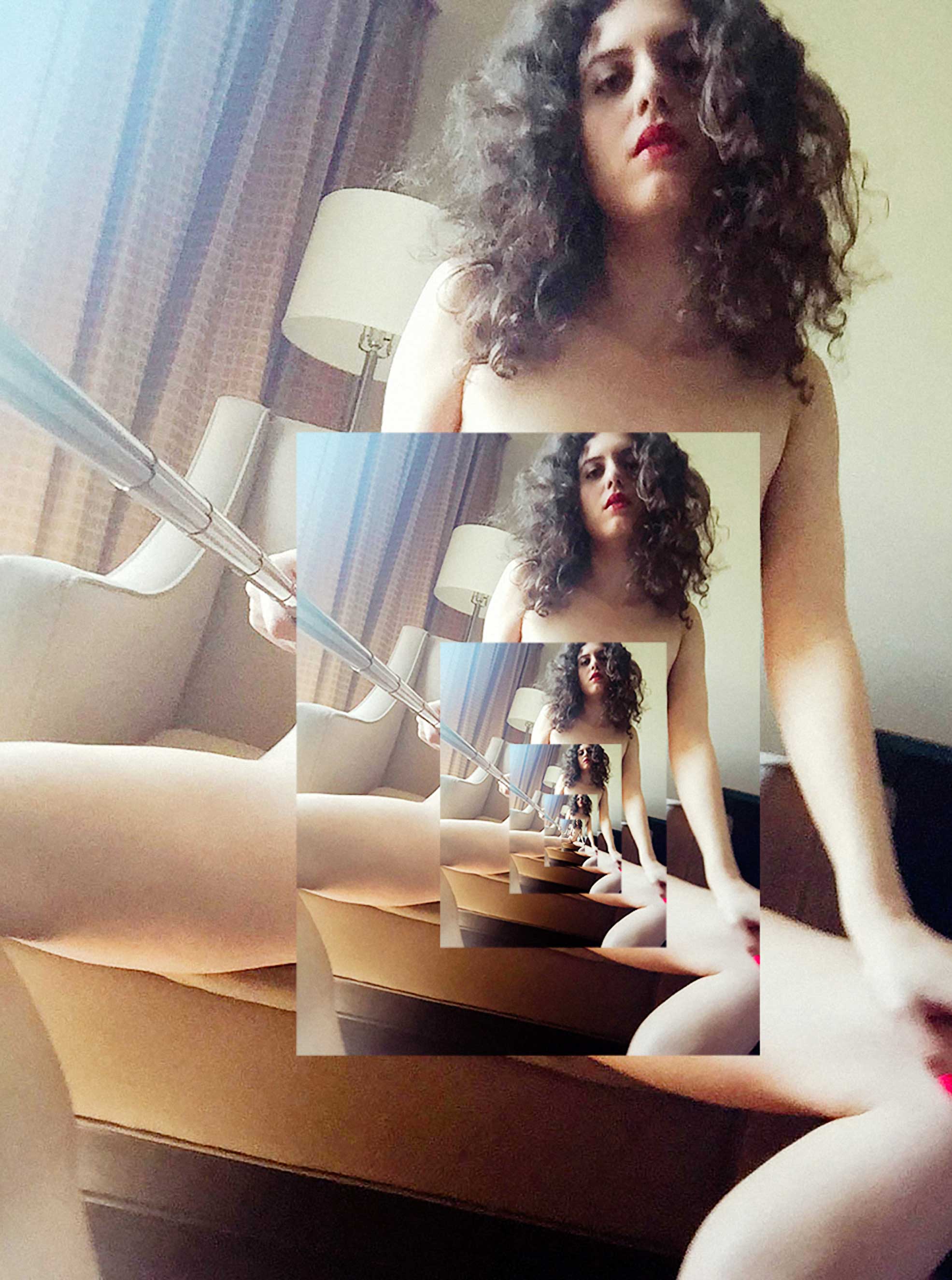
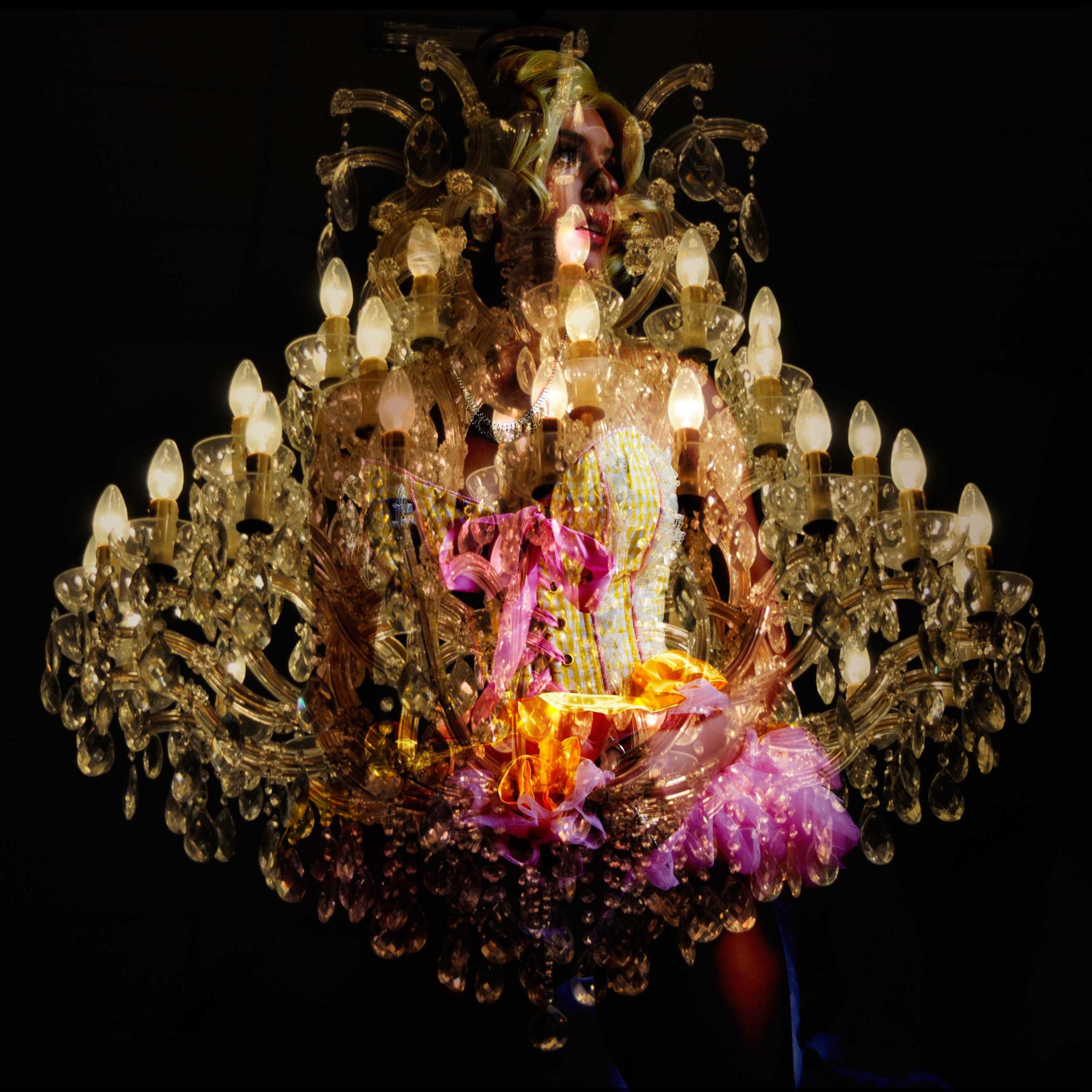


More Must-Reads from TIME
- Why Trump’s Message Worked on Latino Men
- What Trump’s Win Could Mean for Housing
- The 100 Must-Read Books of 2024
- Sleep Doctors Share the 1 Tip That’s Changed Their Lives
- Column: Let’s Bring Back Romance
- What It’s Like to Have Long COVID As a Kid
- FX’s Say Nothing Is the Must-Watch Political Thriller of 2024
- Merle Bombardieri Is Helping People Make the Baby Decision
Contact us at letters@time.com